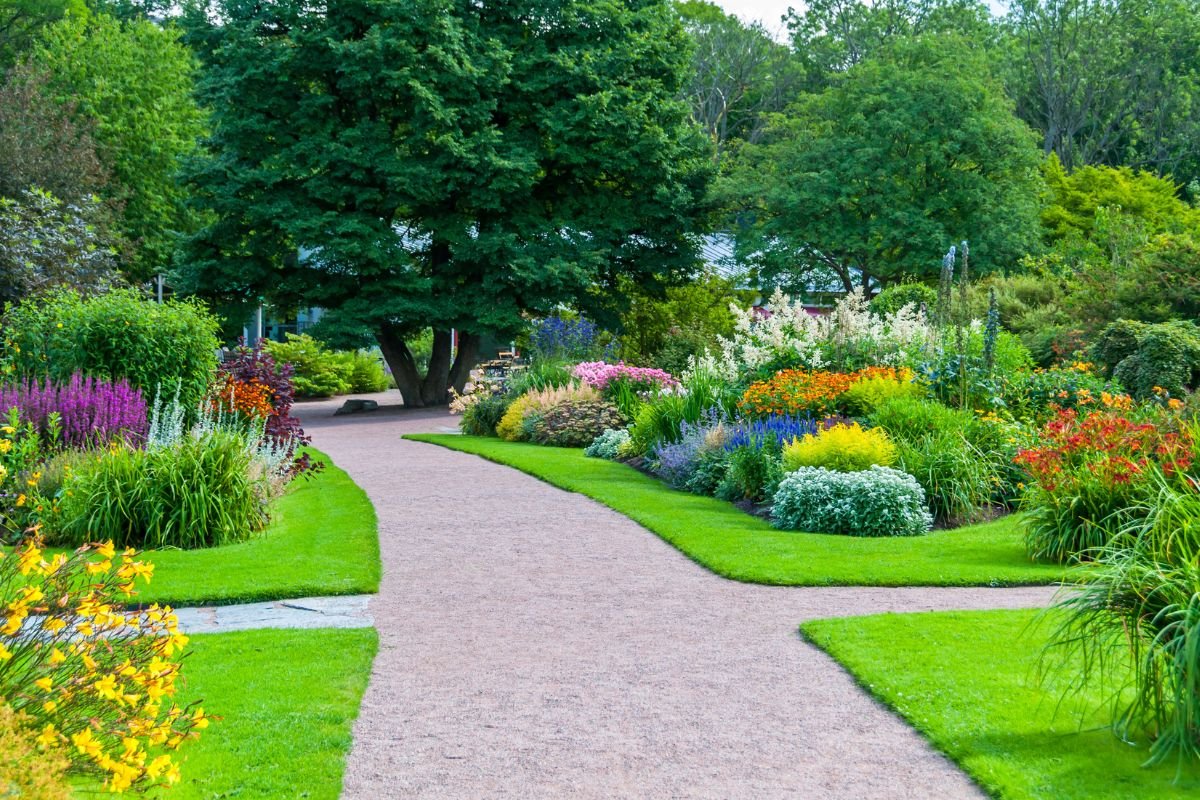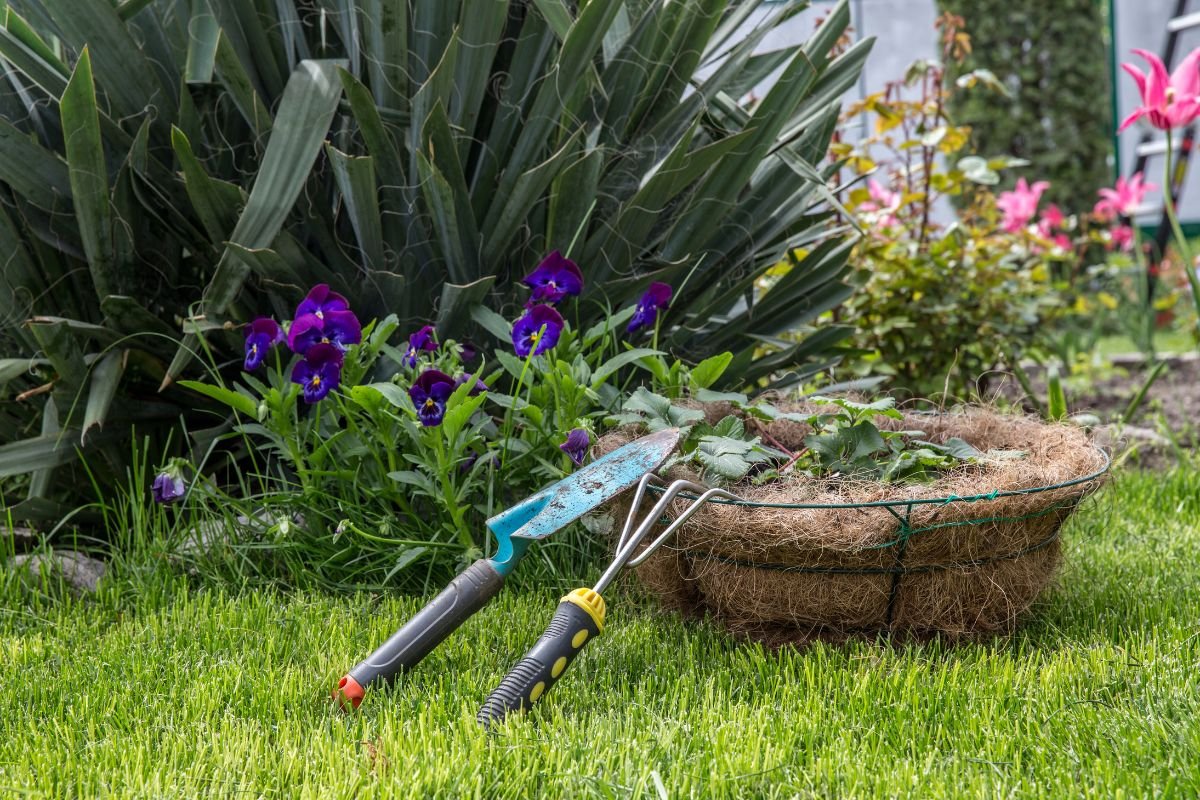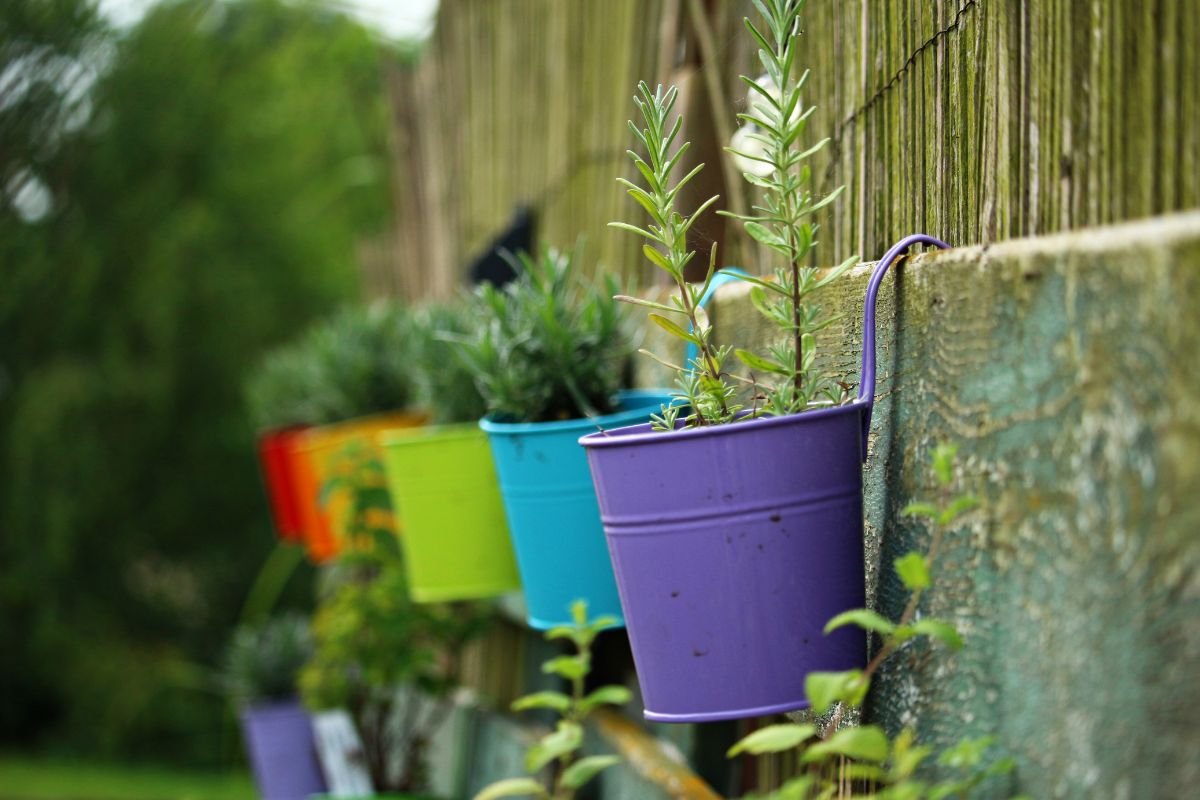While most animals play an important part in our ecosystem, there’s no denying the vital role of the bee. Not only are they essential for food production, but also for pollinating flowers, plants, and trees, to help them thrive.
However, even though you might know how crucial bees can be, that doesn’t mean you know how to create a bee-friendly yard for our neighbourhood pollinators. Welcome bees with open arms by taking some of the following actions:
Plant Bee-Friendly Flowers
We rely on bees to pollinate our vegetable garden crops, but what are you doing to attract them there in the first place? Make your property impossible to resist by planting bee-friendly flowers and plants.
Bees love annual flowers like fox gloves, clover, sunflowers, marigolds, and perennials like echinacea, geraniums, and comfrey. If you typically enjoy a well-established vegetable garden year-round, consider planting the fruits and vegetables bees love, like cucumbers, blackberries, courgettes, and pumpkins.
Bees are even huge fans of herbs like coriander, rosemary, and thyme and shrubs like echium and Californian lilac. Before the next planting season gets underway, research bee-friendly plants and include a variety of options to encourage as many bees to your property as possible.
Don’t Use Pesticides
Despite pesticides being helpful for giving destructive insects their marching orders, they can also be harmful to bees. In fact, studies have shown that pesticides can harm bees twice – when they’re larvae and as adults. The impact on our much-loved pollinators can be significant.
When you’re trying to make your property bee-friendly, dispose of your pesticide products responsibly. You can still take care of pest insects with organics solutions applied at night once the bees are sound asleep.
Provide Water
Just as water is essential for our survival, it’s also necessary for the survival of bees. Encourage bees to spend time in your yard by providing a water container or bird bath for them to drink from. Ensure the water container you choose is shallow to prevent unnecessary bee deaths. Alternatively, fill your water tub or container with small stones or floating wood to reduce the risk of drowning.
If you want your yard to be a beautiful bee sanctuary, invest in fountains and moving water products. Insects like bees and butterflies prefer moving water, whereas undesirable insects like mosquitoes don’t.
Create Nesting Sites
Bring decorative flair to your yard and give local native bees somewhere comfortable to nest by purchasing or creating nesting sites. If a bee has adequate nesting opportunities on your property, they might be more inclined to keep visiting and eventually call your yard their home.
Plant Flowers In Clumps
As tempting as it can be to plant your flowers in neatly arranged lines, consider growing them in clumps instead. Clumps of flowers stand out more to bees and are more likely to attract pollinators than individual plants dotted around your yard. Aim to make these clumps of flowers at least 1m2.
Be Selective With Weed Pulling
Weeds might be unattractive and invasive, but don’t be in too much of a hurry to pull them out before finding out which ones your bee friends like. By leaving some weeds on your property, such as white clover, chickweed, and dandelions, you’re giving bees yet another reason to explore it and enjoy everything it has to offer.
However, if you plan to let weeds run rampant on your property facing the street, give your neighbours’ a ‘heads-up’ about your intentions. You might also like to install a sign on your lawn telling passers-by that you’re helping the bees rather than refusing to tend to your lawns and gardens.
Ensure Year-Round Growth
Not all plants will thrive and flower year-round, making it challenging to provide ample pollination opportunities for local bee populations. Plant a diverse variety of plants to ensure that your garden blooms from spring to autumn to support your bees for as long as possible.
While you might not be able to help them over winter, you can at least provide ample pollination and sustenance opportunities for three of the four seasons.
Choose Colourful Flowers
Most gardeners are more than happy to plant colourful flowers that will enhance the beauty of their gardens. However, if you’re not willing to plant them for your own pleasure, consider planting them for the bees.
Bees have exceptional colour vision to help them find pollen and nectar. Make their job easier by planting flowers in colours that attract them, such as blue, white, yellow, and violet.
Be Friendly to the Bees
Bees are crucial for our survival, so the least we can do is treat them like the important creatures they are. Take some of these actions above, and create a peaceful pollinator’s paradise that all your local bees will love.








































